In “How to Keep Community Dynamics Healthy on the Ranch,” Noble consultant Will Moseley describes how the health and resilience of natural ecosystems are, in part, a result of diverse plants, soils, animals and disturbances. In regenerative ranching, we try to mimic natural ecosystems so that our soils, plants, animals and businesses are healthy and resilient as well.
Community dynamics refers to the dynamic process of change within a community of organisms. This process can be impaired, but nature and good management can improve community dynamics over time. The health of the community is measured over a continuum. It can be slightly or severely impaired, or highly functioning. Even in healthy ecosystems, community dynamics change in response to climatic variables, management, introduced species and several stressors.
To help you evaluate and modify the community dynamics on your ranch, here are four questions to ask yourself:
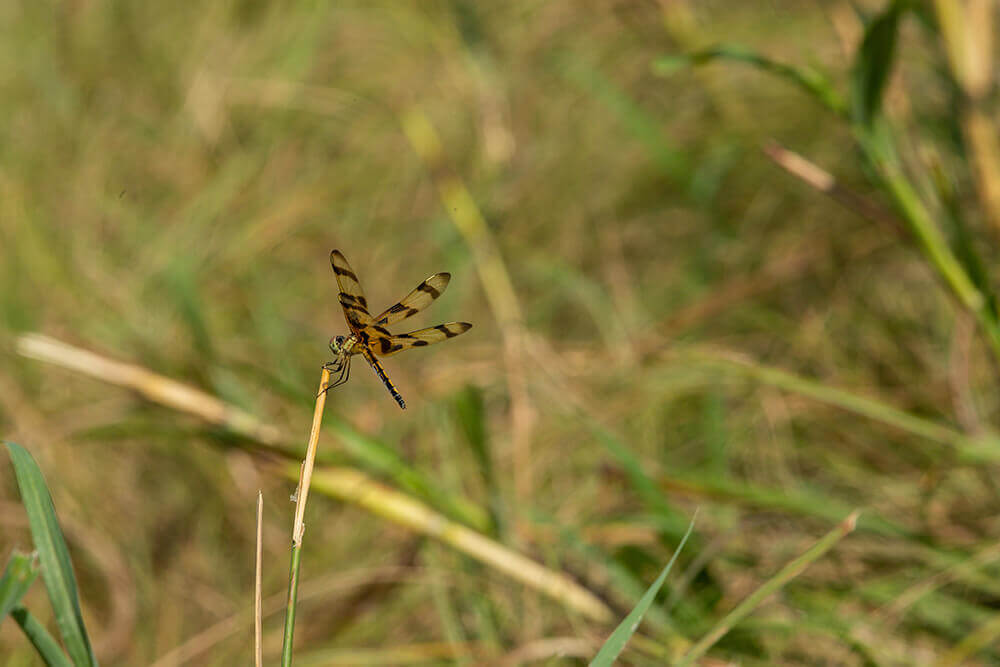
1. Are you hampering diversity by controlling so-called weeds and pests with chemicals?
Some ranchers believe monocultures of “improved” grasses are a responsibility of a good manager. Yet community dynamics are absent in a monoculture environment.
Monoculture pastures lack diversity and structure, both below and above ground. These scenarios are not only unhealthy examples of community dynamics, but demonstrate an unhealthy water cycle and energy flow as well. In nature, predator and prey populations fluctuate as one becomes more or less abundant. Competing plants have similar relationships, as do plants and herbivores.
In regenerative ranching, we seek to promote diversity in plants and animals. For damaging pests, this means less food to fuel overpopulation. It also means attracting and supporting more beneficial insects and other predators to control the pests. Similarly, by managing for a greater diversity of plants, we often lessen the threat of overabundant weeds. If you continually reduce diversity by using chemical inputs to remove weeds and pests, community dynamics are not functioning the way they should on your ranch.
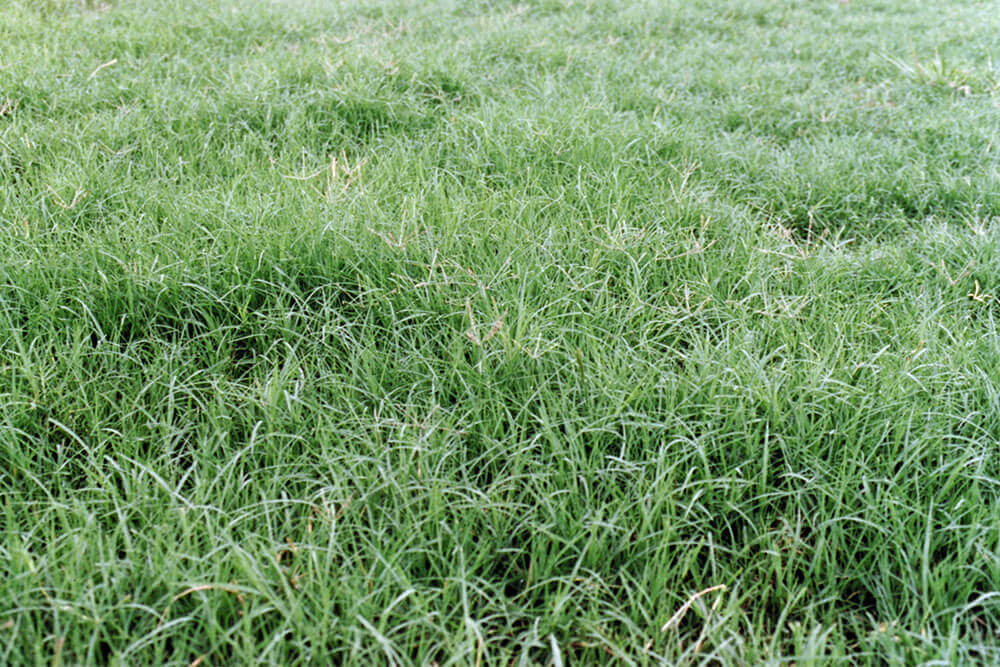
2. Do you have multiple functional groups of plants?
A diversity of plant species also means a diversity in structure and plant behaviors. Different species of plants have a variety of morphological and physiological characteristics that define their season of growth, palatability and reproduction. This is important, because soil health and community dynamics benefit from having living roots in the soil year-round. Diversity also keeps the percentage of weak plants at a minimum, decreasing pest pressure across the entire pasture.
In your pastures, look for different functional groups such as grasses, forbs and woody plants. Look for cool-season and warm-season plants. If you have only one functional group or one season of growth, community dynamics aren’t functioning as well as they could on your ranch. Further, the lack of architectural variability in plants, both below and above ground, limits the water cycle and energy flow.
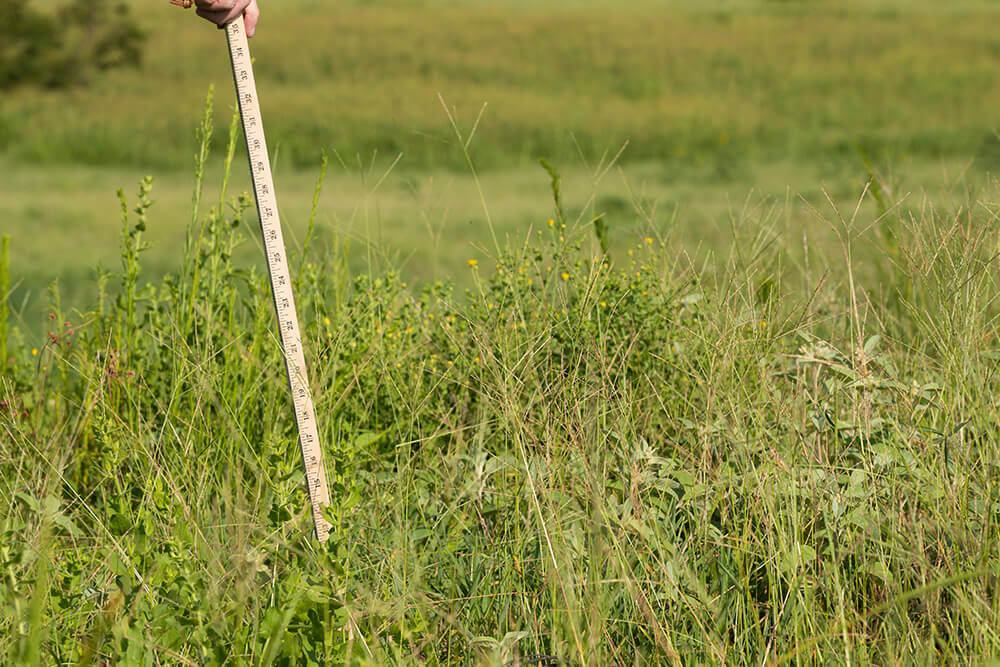
3. Are there signs of abundant life forms?
Wildlife as well as insects are attracted to diversity. Each wildlife species requires different resources for survival, and within a particular species, each life stage may require different resources. This is why plant diversity is key to having abundant and diverse wildlife.
How does your ranch sound? Does the land hum? Do you see butterflies, grasshoppers, dragonflies and birds? Are cow pats full of tunnels from dung beetles? Do you see earthworm castings on top of the soil? If you answered “no” to all or many of these questions, community dynamics aren’t functioning the way they could on your ranch. And you guessed it — the water and mineral cycles and energy flow are suffering, too.
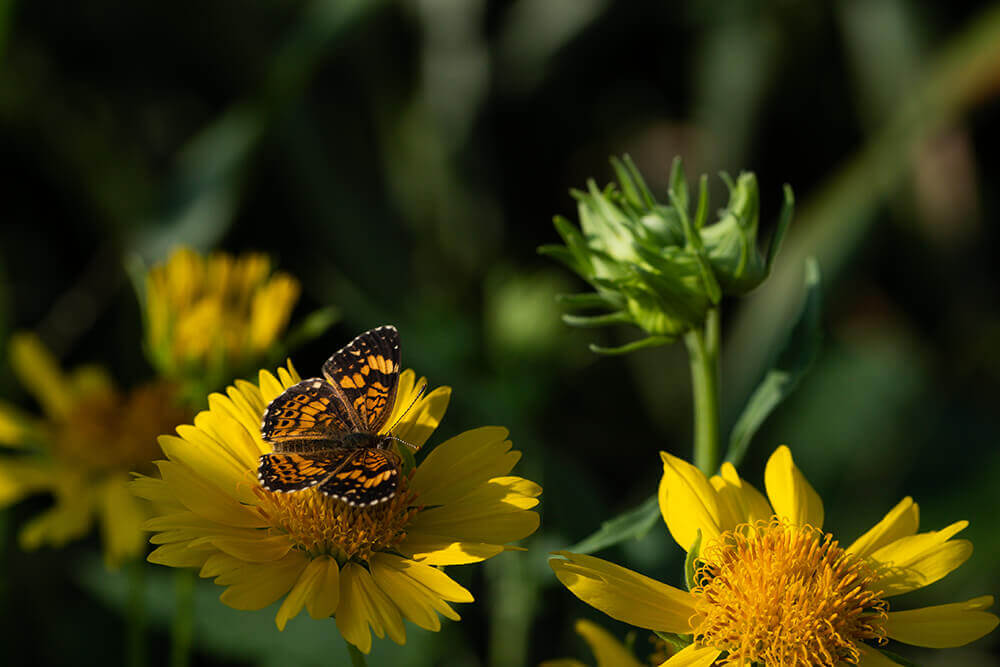
4. How can I fix impaired community dynamics on my ranch?
If community dynamics are impaired, they eventually can repair themselves if nature is allowed to take its course. Good management can also improve community dynamics over time. Here are a few common strategies that can help you increase diversity and ecological function on your ranch.
Stop or substantially reduce pesticide spraying.
There are many reasons to stop spraying chemicals on the ranch. Here are just a few: Herbicides and other pesticides help producers manage against species that they traditionally haven’t wanted, but in most cases, the targeted forbs (weeds) and pests perform vital roles to advance ecological function. Actually, most of the plant species we remove with broadleaf herbicides are extremely palatable and beneficial in livestock diets. Finally, costs of inputs (like spraying chemicals) can cut deep into ranch profitability.
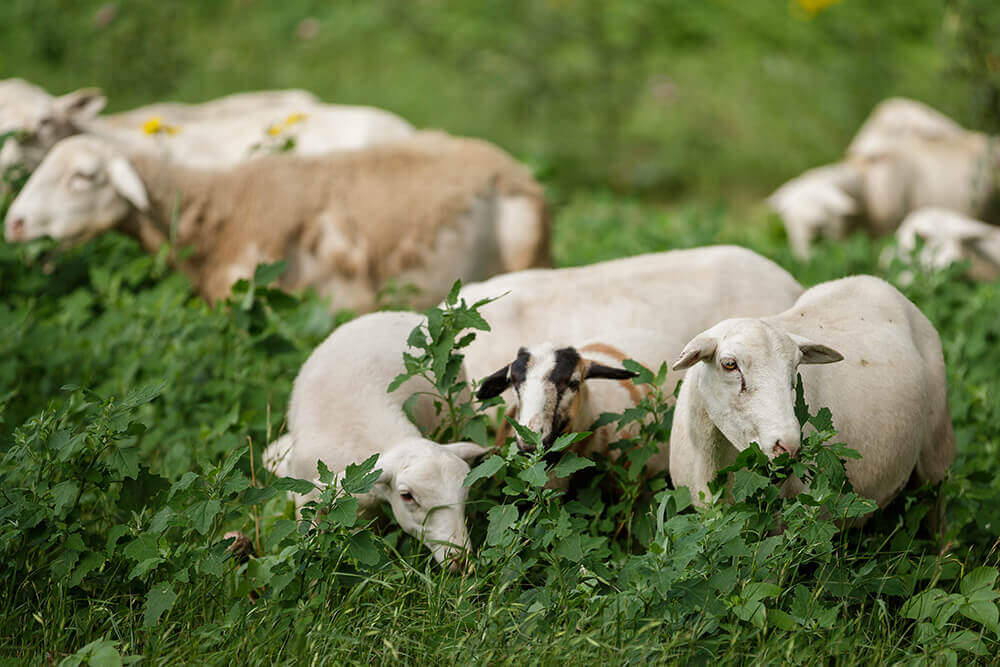
Find ways to add species.
Interseeding a diverse mix of plant species with a no-till drill can boost forage production for livestock while also building a healthier soil and community dynamics. Alternatives to planting cover crops also exist. Some producers establish legumes by feeding seed in livestock feeds, while others use high stock densities to trample in seeds of new plant species. Also consider adding new livestock species. Different species have different grazing preferences, and incorporating the grazing habits and biological impacts of ruminants like sheep and goats, as well as pigs and chickens, can lead to significant change in community dynamics.
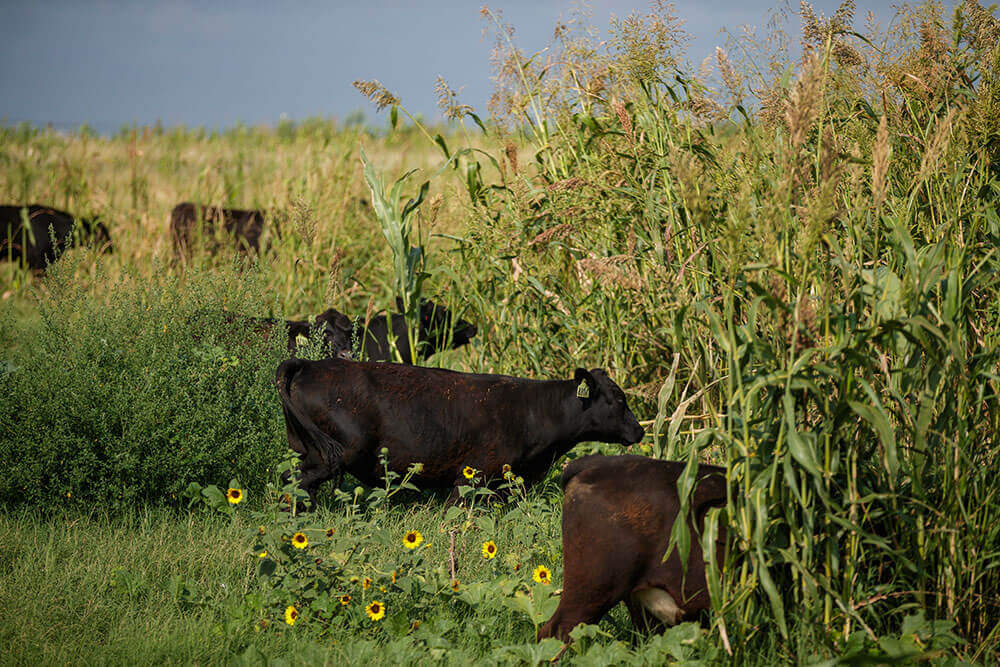
Create disruptions that mimic nature.
Don’t feel like you must buy seed to get plant diversity back. Creating disturbances with grazing livestock, fire or suppression of chemical activity is often enough to slowly allow other species to re-colonize monoculture forages. Pasture rest also mimics a natural process. Though rest is the absence of disturbance, it can be the tool that is needed in some situations to increase diversity. Being able to read the land and determine what the limiting factors are takes understanding of the ecosystem processes and trial-and-error with regenerative practices on your land.
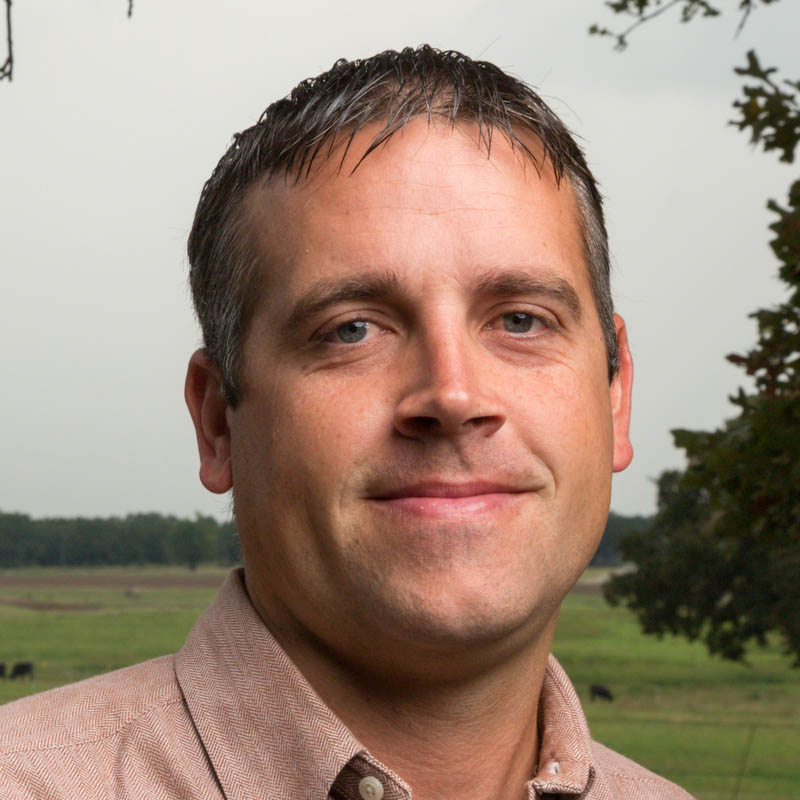
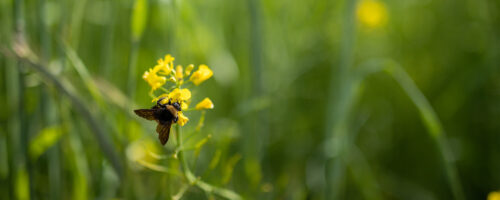
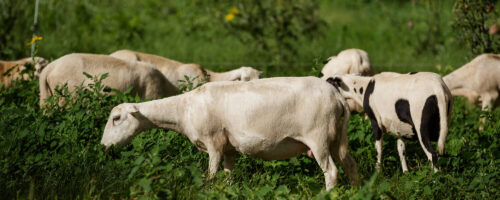
Comment